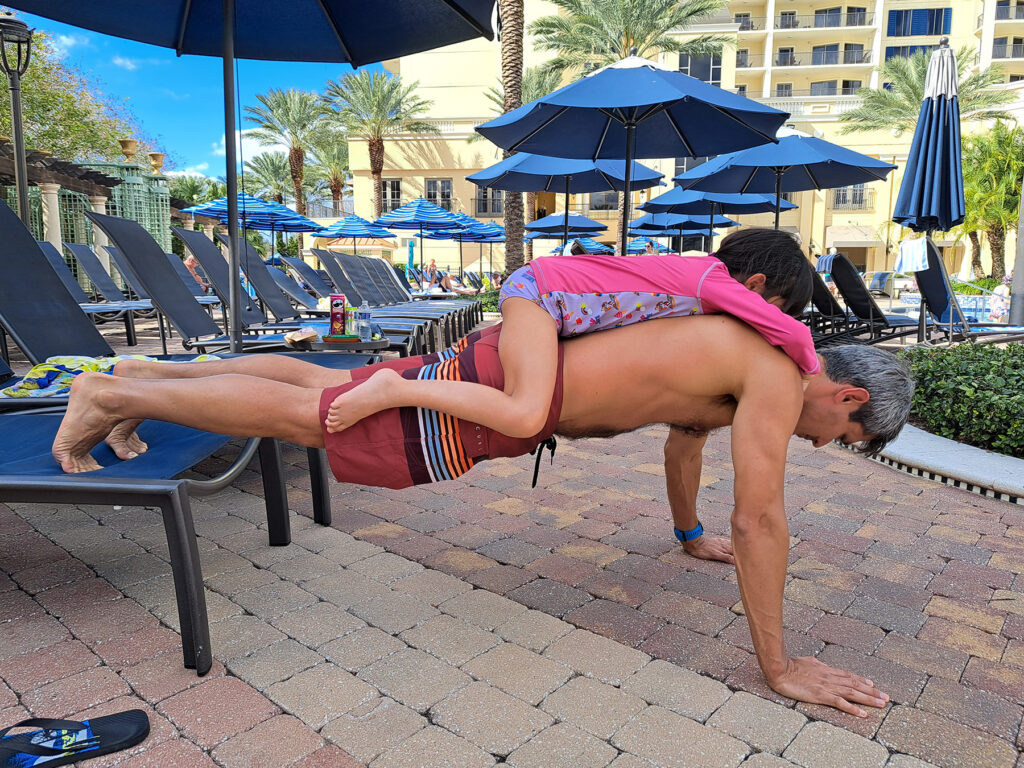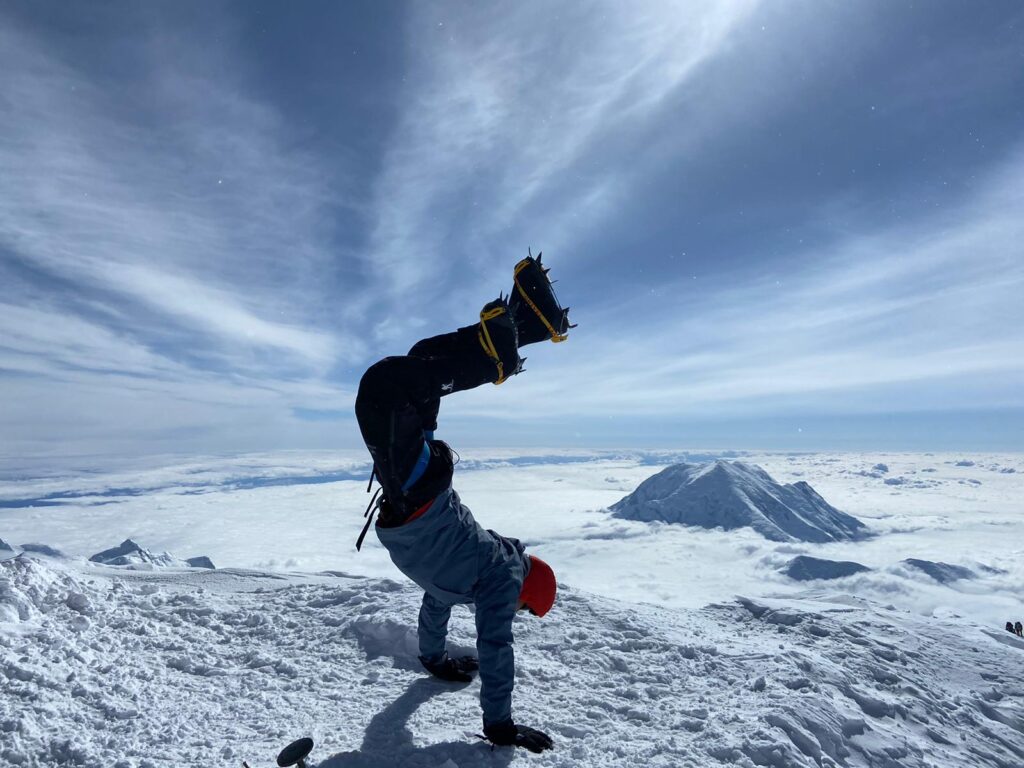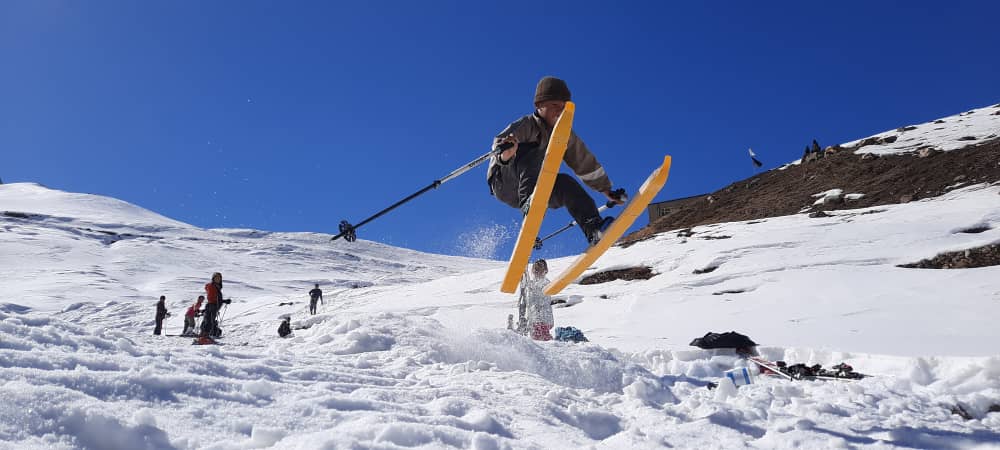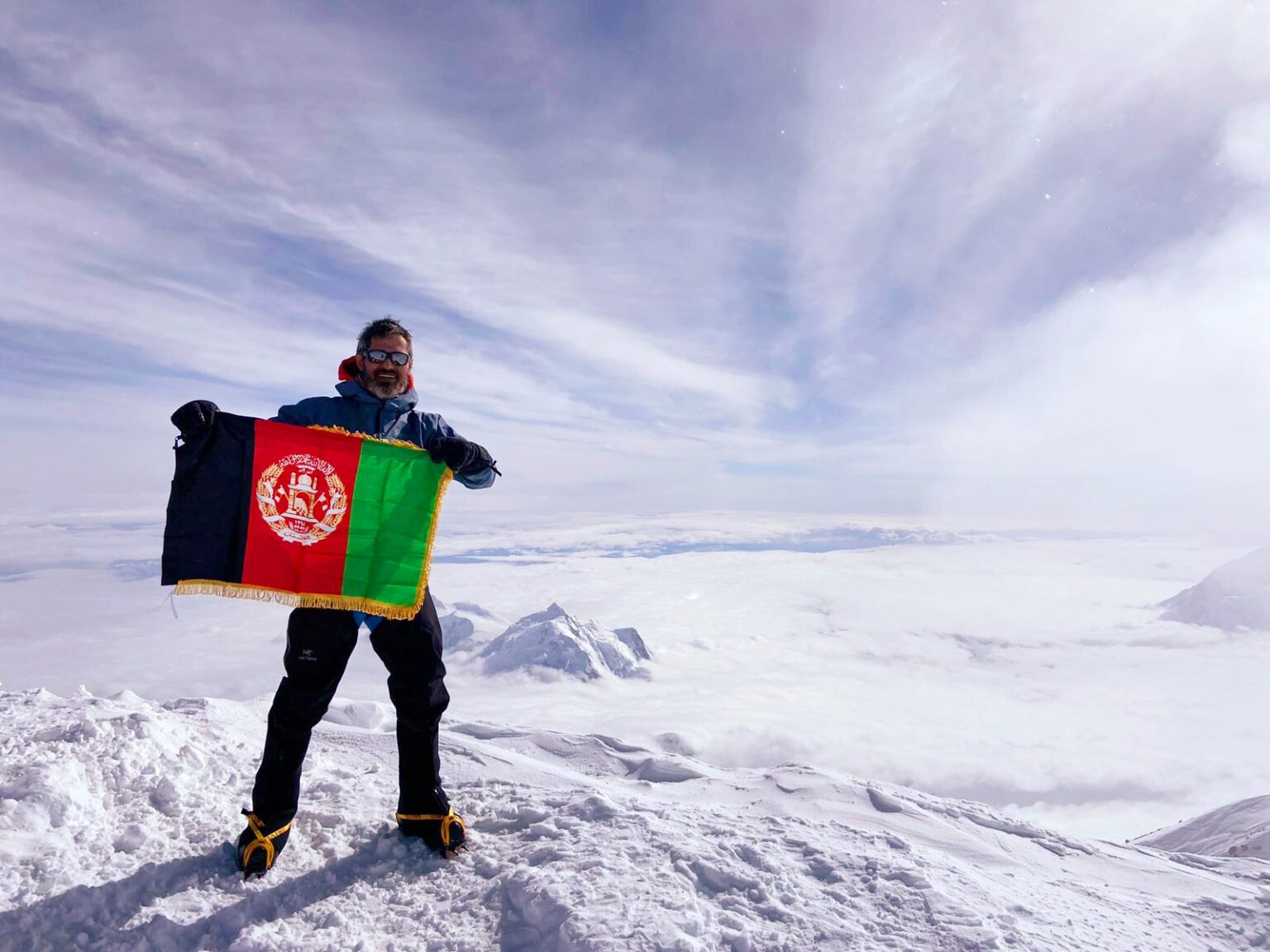As an international businessman who, at 34, became CEO of one of the largest publicly listed companies in Kuwait, Sam was always going hard. He worked hard, traveled intensely, and worked hard with a high heart rate when it was time to work out. Going for a jog meant solid stretches of putting his heart rate into the 170s and 180s. No pain, no gain, right? Then why was climbing Mont Blanc so brutal? After an Olympic triathlon, his body hurt. Later, he participated in the Afghan Ski Challenge, a Skimo race in Bamiyan, Afghanistan, and got dusted by everyone on the uphill. Something was wrong, and he didn’t know yet what.
Sam slowly started experimenting with jogging with a low heart rate. But that quickly led to walking with spurts of jogging. It felt embarrassing for someone who could do a 45-minute 10K at the end of an Olympic triathlon. Then, on a trip through Seattle, while exchanging a broken Patagonia bag, Sam saw the Uphill Athlete’s Training for the New Alpinism book on the shelf. Well, when one gets the equivalent of a free bag, how can he afford not to buy a book while there?
Sam, an MIT alumnus, appreciated the Uphill Athlete’s detailed scientific explanation of why he needed to run slowly to get faster in the mountains.
Sam embraced this philosophy and put aside his ego around speed during workouts. As a result, he started to perform better in the mountains and could summit Matterhorn as one of the first 5 or 6 climbers out of the 40-plus who had summited that day. Then he decided to sign up for Mount Denali. This was a bigger challenge, and it would take more than just philosophy. He needed to take a scientific approach to train for mountaineering.
To be serious in his climb for Mount Denali, Sam got an account with TrainingPeaks and bought the 24-week big mountain training plan from Uphill Athlete.

It's handy to have a 7-year-old about to keep up your strength workouts while on vacation.
Every day, he would get an email with a workout and execute it. At 42, it was the first real serious build-up he had done, but better late than never. Thankfully, it was on top of a few years of starting low heart rate work and building specific mountain core muscles. The challenge was living in the desert. His workouts involved going up and down dunes to achieve some vertical. If you only gain 50 or 60 feet on a dune, there is much up and down to achieve 3000 feet of vertical during a hike. For some training, he found a discarded tire from an 18-wheeler, chained it to his heavy pack, and dragged it along the beach. Sam felt like he was getting ready for Mount Denali.
Then, COVID hit. Denali was closed for the year. It would even be impossible to travel to the US. So, he started over with the 24-week mountaineering training plan. And the next time, he was stronger. In 2021, he finally got his chance to climb Mount Denali. The strength and the cardio base training made him comfortable carrying the loads day in and day out. His main challenge was acclimatizing. When he reached the 17 Camp on Mount Denali, the day before summit day, he felt nauseous and could barely put down any dinner. Breakfast was similar. Would he be able to summit without the energy? Of course, he would.
The base training had turned his body into one that could deliver uphill movement by burning intramuscular fat.
The limited food he could choke down was enough to supplement that, and he moved as fast as the rest of his rope team. Despite difficult weather on the last few miles of climbing, the summit was sunny and glorious. Sam became the first Afghan citizen to summit Mount Denali. His summit raised funds for his charity Afghan Peaks to sponsor the next year’s skimo race in Bamiyan, fund the first female ascent of the tallest mountain in Bamiyan, and feed needy people in Bamiyan after the economic dislocation of the US withdrawal.
After one year off, Sam is back at it. He finished the 24-week big mountain training plan once again, as he attempts to become the first Afghan to summit Mount Everest targeting May of 2023. He again will be using the climb to raise awareness and funding for Afghan Peaks. This year, in addition to funding the race, Afghan Peaks is making more of an economic development impact by hiring carpenters to build wooden skis for the children of Bamiyan. While basic, the skis let the kids have fun in the mountains, and they are developing a local ski manufacturing industry. The goal of the Everest climb is to raise money to spread skiing to more areas of Afghanistan and keep developing domestic ski-building capacity.
“These achievements only happened because, after 40 years of running hard at random, I followed the rules of Uphill Athlete and started running slower for longer and with a plan”, says Sam.

After summitting Denali, Sam still had the energy to pop a handstand.

An Afghan boy gets some nice air off a ski jump on homemade wooden skis.

